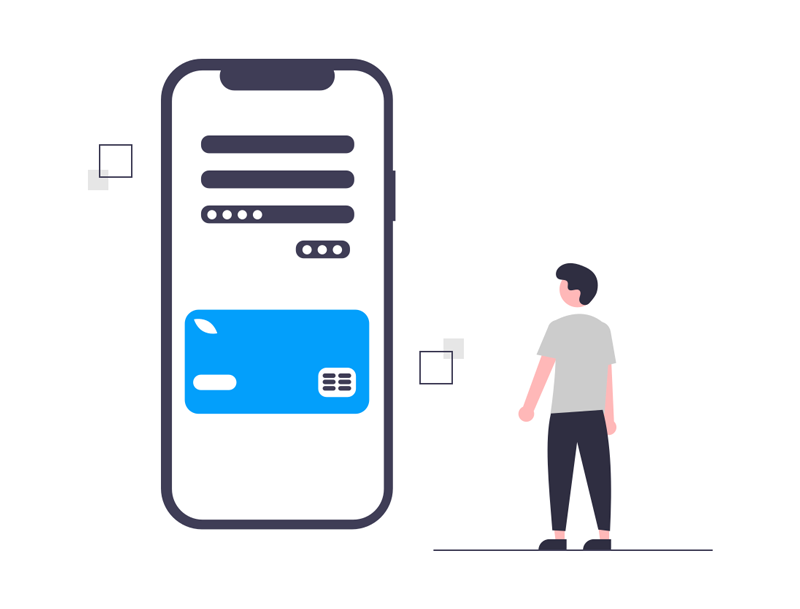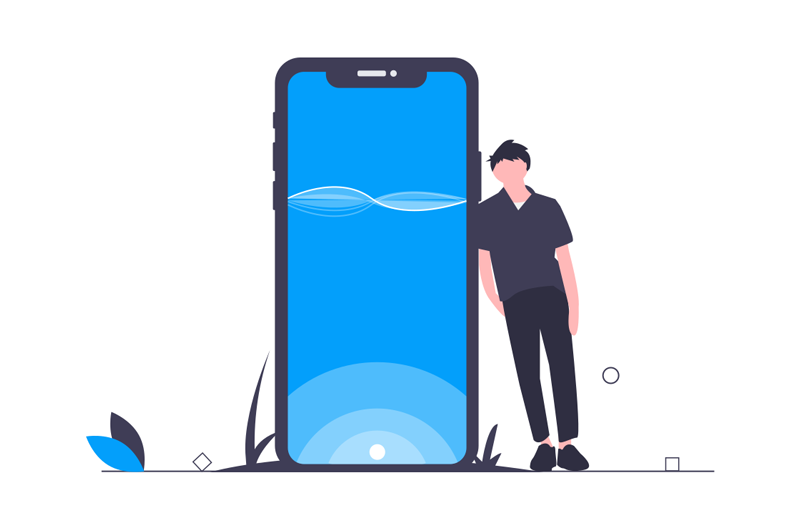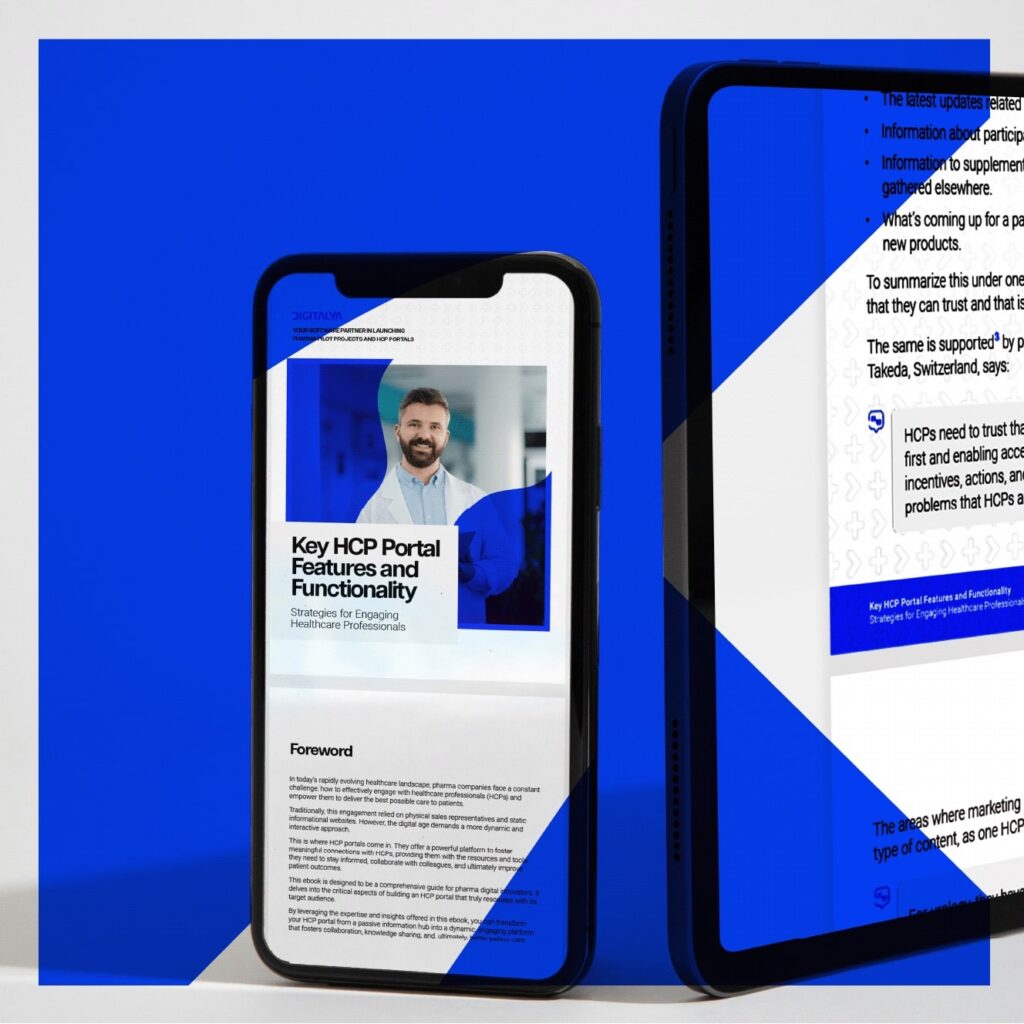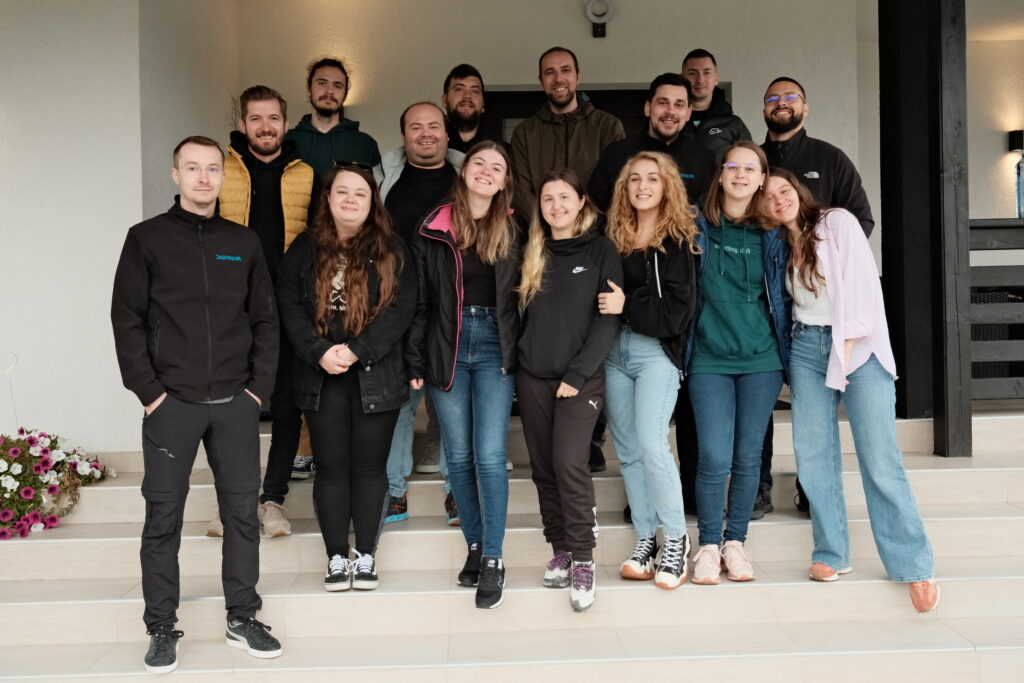Everyone has dreamed at least once of financial freedom, making a lot of money, retiring in their 30s, and enjoying life. And some people wanted to learn how to create an app and make money to achieve that.
There are many ways of doing so; some of them are legal, some of them are not. If we consider the legal ones, a lot of people wish to be their own boss and become successful entrepreneurs.
Following the latest trends, these entrepreneurs are more attracted by the digital era and digitization, and they choose to develop a software product, such as a SaaS or a mobile application, rather than building a traditional business. So what does developing an app idea and making money from it imply? Especially if it’s your first time with app monetization. This is what we’ll approach today, and in the following lines, I’ll answer as many questions as possible on this subject.
1. How to create an app
In 2021, technology was advanced enough to have multiple options to build an app. There are a lot of resources available to build a basic Proof of Concept (POC) or basic MVP. Especially low code solutions to validate your ideas and attract paying customers. However, when it comes to scaling and offering the best customer experience, nothing beats old traditional apps development/custom solutions.
2. How much money can you make from creating an app?
When you are on your way to becoming an entrepreneur, one of the motivation factors and KPI, besides working for yourself, leaving the dream, and so on, is the return on investment or the revenue that you can generate from your app idea.
Usually, people are looking for the entire market share for this, and they dream to achieve most of that market and become a leading provider. The truth is that there will be a lot of products like yours on the market or different alternatives, and achieving the entire market share is close to impossible. However, if you narrow down the segment of customers you want to have or your app idea is most suited for, you have a high chance of taking a lot of that piece of pie from the entire market share.
Let’s say that you build an app like Calm. The total market share for meditation is $1.2B, according to data from 2017. In 2019 Calm was reported to have generated $92M, which is less than 10%—still a big piece of the total market share.
If you go for the clients that leave a bad review (less than 3 stars out of 5) you will find a couple of thousands (Google Play Store, for example, or Apple app store don’t display the exact number of reviews of 1,2 and 3 stars). Let’s assume that, in total, there are 100.000 bad reviews. If you acquire 10.000 apps users from that 100 K and you sell your app idea for 100$ per year, then you make $1.000.000. If you subtract, let’s say, $800K for costs (software development, salaries, servers, marketing, etc.), you are left with $200K in app revenues per year.
The hardest part is getting those 10K customers. But with a bit of marketing creativity and by learning why they are unhappy with Calm (you can learn that from the reviews), you can tailor your marketing strategy based on that. This will increase your chances of getting those 10K customers.
3. Do free apps make money?
As a lot of people are saying, and this expression is starting to become overused and a cliche, “When the product is free, you are the product.”
So even a freemium app or free apps can make money. Over here, the best-known product for this is Facebook. Although it’s free to use, they make a lot of money from selling your data by displaying ads. There are a lot more examples and ways to monetize your free app, and we will talk about this a bit later.

4. How do free apps make money
There are different ways to earn money from this type of app. Usually, the best-known ones are by selling data (your data). Other ways are by donations (like Wikipedia) or by selling different consulting services like Neil Patel did with UberSuggest in the beginning.
Other people are making money by having ad revenue or affiliate programs, and some big companies, like Nike, are using the Nike Training Club mobile app to soft sell their products like clothes and shoes.
Some of the founders are offering an app for free at the beginning just to create an extensive database of users. After that, they introduce a subscription model with low prices once the app is part of an entire process. In this case, there is a lot of churn, but if you are happy with that, it could be a model.
One last option that is also very spread among monetization options is the freemium model, where you have a free limited option, and if the users want access to different premium features that will make their life easier they have to pay for it. One product in this space is Hubspot.
I am sure that there are a lot of other methods, but I believe these are the most known and used to generate apps earnings.
5. Seven Ways to monetize your app
There isn’t just one mobile app monetization strategy. Besides the ones mentioned above for free apps, there are a couple of options for paid apps as well. A complete list of the most popular monetization options, five of which we already mentioned before, is as follows:
Freemium Model
This method offers limited free functionalities. This way, your users can understand how your app works, what it offers, and if they actually need it. With that information, they decide if they want to pay for more options in your app or not.
Collecting and selling data
It’s no secret that most of the apps we use collect our data. Since this is done with our consent, there is nothing stopping you from selling this data to interested companies (as long as your users are aware of this).
Selling physical products (like Nike)
If you have physical products to sell, your app is the perfect place to promote them. It’s convenient; your product is at the fingertip of your customer. And if they really like using your app, chances are they will want to buy your products as well.
Advertising
This one almost needs no explanation. However, be careful which type of advertising you choose. It needs to fit your app and not be disruptive, or else your users will stop using your app.
Affiliate marketing
This is a more subtle strategy of advertising. You earn money each time you drive a sale to the company’s product you are displaying in your app. This is a more subtle way of advertising, and it’s less intrusive for the users.
In App purchases
The in-app purchase model is mainly seen in mobile games, where you have the option to buy different wildcards/ shortcuts to achieve a level. Or various gamification options that persuade you to buy some options for the game.
Subscription Model
This is also one of the proven strategies, especially in the SaaS world. Although for SaaS, most common subscriptions are monthly, when it comes to mobile, people usually are paying only once for the app or purchase yearly plans.
When choosing which type of monetization strategy you need to choose, don’t forget to take into consideration your cost to build the app. To get a rough estimate, you can check the calculator down below.
6. Free vs Paid Apps – which are more profitable?
Well, according to a study from Tamoco, in 2020, the most profitable apps were the free ones that used an advertising revenue model—followed by the paid apps.
Although the free apps seem to be the most profitable ones, over here, you need a larger number of targeted users as compared to the paid ones to generate a good amount of revenue. So the marketing efforts to attract new users will be a bit more intense for these kinds of apps.
For paid apps, the struggle is to find the perfect funnel to convert as many users to paid ones as possible. So over here, the effort to generate revenue will be more intense in the conversion area.
So when you decide to learn how to make an app and make money, it really matters a lot what marketing skills you have or can attract and what the purpose of the app will have to decide what type of app you need. There is room to make money for everybody that launches an app.
7. What kind of apps are in demand?
When it comes to what app category is in demand, there are different seasons. It’s somehow like fashion, and a critical point in launching an app is the timing. For example, although there were other video-sharing apps before Youtube, they died because people always had to install codecs, and it took time. Then Adobe Flash solved this issue, and Youtube had the luck/chance to launch at the same time, and this made it a success. In other words, user experience is highly relevant.
In the latest period, due to the pandemic situation, social apps like Clubhouse or House Party have seen tremendous growth because people feel the need to socialize.
Dating apps have seen high demand alongside food and shopping delivery apps, and at the same time, telemedicine areas and video communication platforms like Zoom have seen massive growth.
Other apps that are trending are the ones in the e-learning and ecommerce industry.
And the safe bet is always a mobile game. However, my hunch is that after the restrictions have decreased and eventually there won’t be any, high demand will be in the travel area, either apps like Airbnb or Booking.com, but other ones like Uber.
Also, the rental space or proptech will grow, as people will plan to work from a coworking space for a while just to meet people physically, and they may consider moving to another space, as spending so much time in the same place bores people. And they feel the need for a change in their lifestyle.

8. What are the most profitable apps?
According to a Forbes article, the most profitable apps at a global level are the following:
- TikTok: $540 million
- Tinder: $513 million
- YouTube: $478 million
- Disney: $314 million
- Tencent Video: $300 million
If we analyze the list above, in 2020, the most profitable apps were in the video streaming industry, and short, digestible content or a maximum of 30 seconds helped TikTok be the most profitable app in 2020. It seems that the pandemic wasn’t so bad for them.
9. How do you make an app profitable?
You’re reading an article on how to create an app and make money. Of course, we’re going to talk about factors that can make an app profitable. The most important, from my point of view, is the monetization strategy. And some basic calculations of how many users or transactions generate (in case you have in-app purchases, like in mobile games, for example) you need to have to break even. And then for the scaling phase so that you can also make a profit.
Another point that makes an app profitable is the user experience. This needs to be simple and intuitive. Also, for mobile games, the graphics are pretty essential, and that is something that needs to be very high quality.
And last but not least, the development team. Sometimes you will need to add features fast or to change environments that will keep you up and support the user base growth. You need a motivated and professional team that is able to keep up with that and be able to understand the product, and deliver fast.
Probably there are other factors as well, and it really depends on the industry your app is in and those unique things about your business.
10. How do you successfully market an app?
A successful strategy is to build something that is more viral than your actual product.
When Alex Tew launched PopJam, a social media platform, he saw the news on the TV where a journalist threw a shoe over President Bush. He and his team quickly made a short Flash game where you can throw a shoe over President Bush. With that game and message only, he managed to build a database of a few hundred thousand people and 9 million visits to his website.
However, there is a saying, “Never put all your eggs in one basket,” so besides this strategy, I would also focus on one or two strategies that are more traditional. Like content marketing/SEO and affiliate marketing. So that you don’t depend on a single channel.
11. How much does an app sell for?
If we are talking about a subscription app, this can be from 1$ per month to $50. You need to find that sweet spot where people are not finding it quite expensive, but neither very cheap, so that they consider a deal too good to be true.
When it comes to in-app purchases, that’s a bit different. The average paying user spends $9.6 per month, according to a study conducted by AppsFlyer.
12. Conclusion
Learning how to create an app and make money is definitely a journey. From choosing a niche to analyzing the market, choosing a pricing strategy, the actual development of the app, and future fine tunes and adjustments. Sometimes this can be overwhelming, but with the right team and vision, everything is achievable. Just ensure you have the right timing for it by following the most driving signals from the global market. Be sure to gather the right people in the right place because they will be the ones that will help you implement your strategy.








